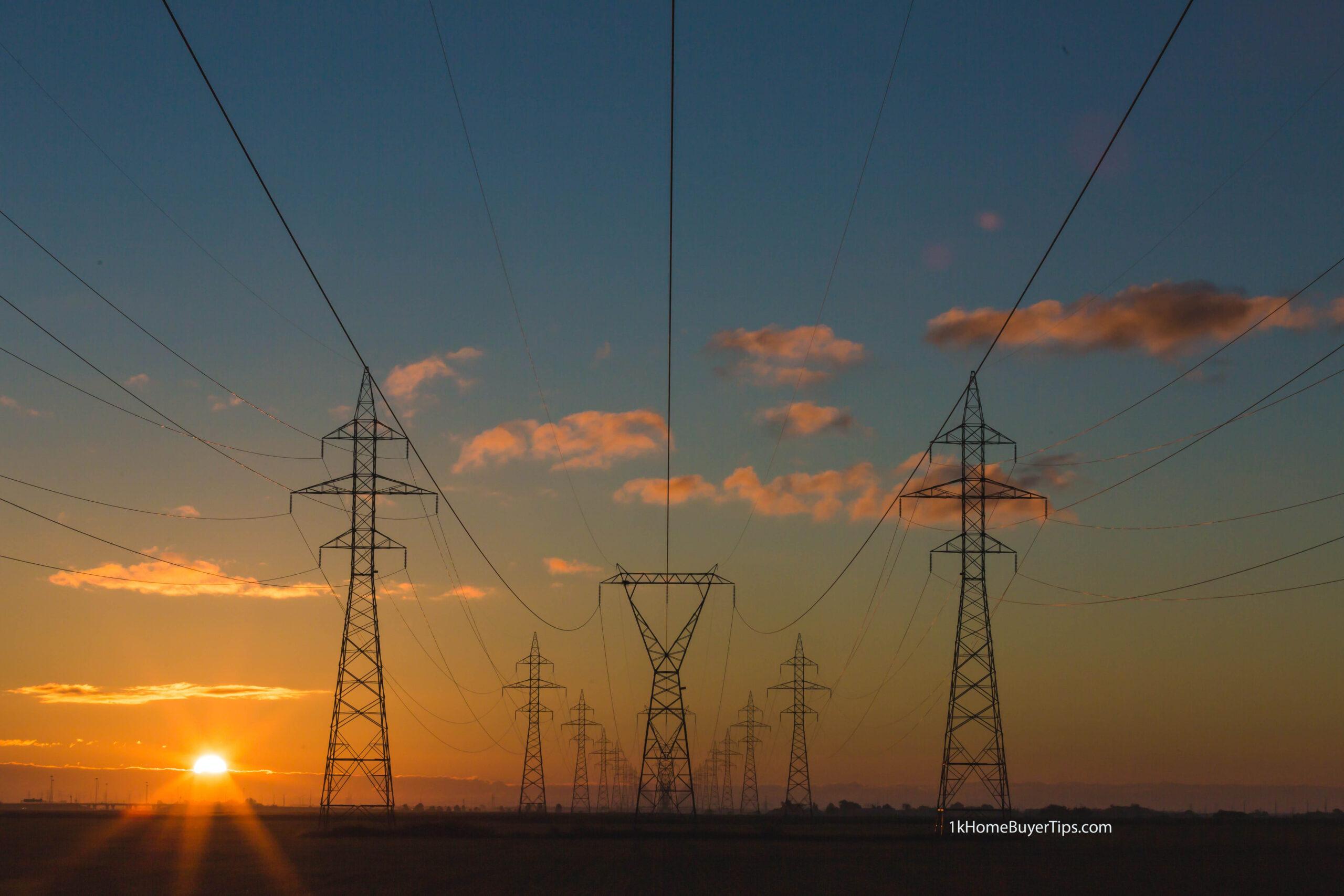Saving energy in the home is a great way to save money and do your part in protecting the environment. Whether it’s switching off lights, appliances, or making smart buying decisions, there are many ways to reduce your energy consumption.
Changing light bulbs. Switching from traditional incandescent or halogen bulbs to light-emitting diode (LED) bulbs can reduce your energy use by as much as 25 to 35 percent. These bulbs last longer than their incandescent counterparts, which means they can save you money over time.
Choosing ENERGY STAR-rated products. Buying energy-efficient appliances and electronics such as refrigerators, TVs, home theater systems and computers can save you money over time. When you buy a new appliance or electronics, look for the ENERGY STAR label, which is a program run by the U.S. Department of Energy and the Environmental Protection Agency.
Installing a programmable thermostat. A programmable thermostat will allow you to set the temperature of your home according to your schedule. For example, you might want to lower the temperature when you’re away from home and raise it before you arrive at work in the morning. This will help you keep your home warm when it’s cold and cool when it’s hot.
Turning off unnecessary lights. Leaving a light on in a room when you’re not there is one of the most common forms of electricity waste. This is why it’s important to unplug everything before you go to sleep and leave for work. It also helps to have a power strip in the bedroom, so that you can easily switch all the lights off at once.
Washing clothes in cold water. This can be a simple yet effective way to reduce your energy consumption. This will save you both water and electricity, as it will not require a hot water heater to heat up the water, as it does when washing clothes in hot water.
Reducing the amount of hot water used when showering is another good way to save energy. You can make showers shorter and less frequent, or use a low-flow showerhead instead of a high-flow.
Consider installing double glazing to increase your energy efficiency. The extra insulation will prevent hot and cold air from escaping, lowering your heating and cooling costs.
Plant deciduous trees along the south side of your home to provide shade in the summer and block the sun’s rays in the winter, reducing your need for air conditioning. Trees also absorb carbon dioxide and release oxygen, promoting a healthier indoor atmosphere.
Use dimmer switches when lighting the house to ensure that you’re using only the amount of light needed. Using LED lightbulbs is also an excellent way to conserve energy, as they only need 12 watts or less to produce the same amount of light as a traditional incandescent bulb.
Keeping your windows closed when you’re not home can also save energy by reducing air leaks around doors and windows. In addition, a window covering made of fabric can reduce energy consumption by absorbing light and scattering it around the room.
I hope you’ve found these tips helpful when you’re looking for lower energy costs in your home. If you need help with energy-saving ideas, just contact me at Laura@1kHomebuyerTips.com and I’ll be happy to assist. Have a great day!
